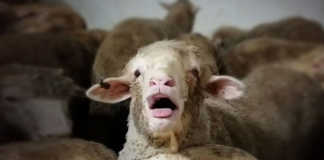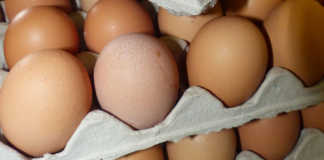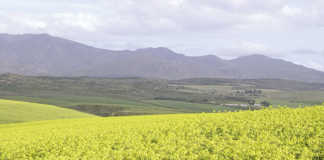
Photo: Pixabay
More wild birds were being infected and were then transmitting the disease to poultry, according to official figures from the US Department of Agriculture (USDA).
In addition to a decline in egg and turkey production, which contributed to record prices of these staples in the run-up to the US holiday season, some of that country’s trading partners also banned imports of poultry products.
READ First-aid basics for small-scale poultry farmers
The situation was exacerbating the economic pressure on consumers who were already grappling with soaring inflation, according to Reuters.
The same subtype was also spreading across Europe, spokesperson for the USDA Rosemary Sifford said, with European farmers “already suffering its worst [bird] flu crisis, with nearly 50 million birds culled”.
Officials were finding the subtype in a broader range of wild birds, such as ducks, than in the past and it seemed to live in the birds longer, and thus an elevated threat of infections may persist until summer 2023 as they migrate, Sifford said.
In the worst animal-health incident in US history, 50,5 million birds died or were culled in 2015 after contracting bird flu.
READ Care and caution keep poultry disease-free
Meanwhile, the Department for Environment, Food and Rural Affairs in the UK was introducing strict biosecurity measures amid that country’s largest-ever bird flu outbreak.
The chief veterinary officers from England, Scotland and Wales declared a bird flu prevention zone across the UK to prevent the disease from spreading among poultry and other captive birds.
This move followed an increase in the number of detections of bird flu in wild birds and on commercial premises.
According to the BBC, 190 cases had been confirmed in poultry flocks across the UK since late October 2021, with more than 30 of these confirmed since the beginning of October this year.
The UK Health Security Agency announced that producers with more than 500 birds would need to restrict access for non-essential people on their sites.
“Workers would also need to change clothing and footwear before entering bird enclosures and site vehicles would need to be cleaned and disinfected regularly to limit the risk of the disease spreading.
Although wild birds spread avian influenza naturally, the disease could spread to poultry and other captive birds when they migrated,” the BBC reported.












